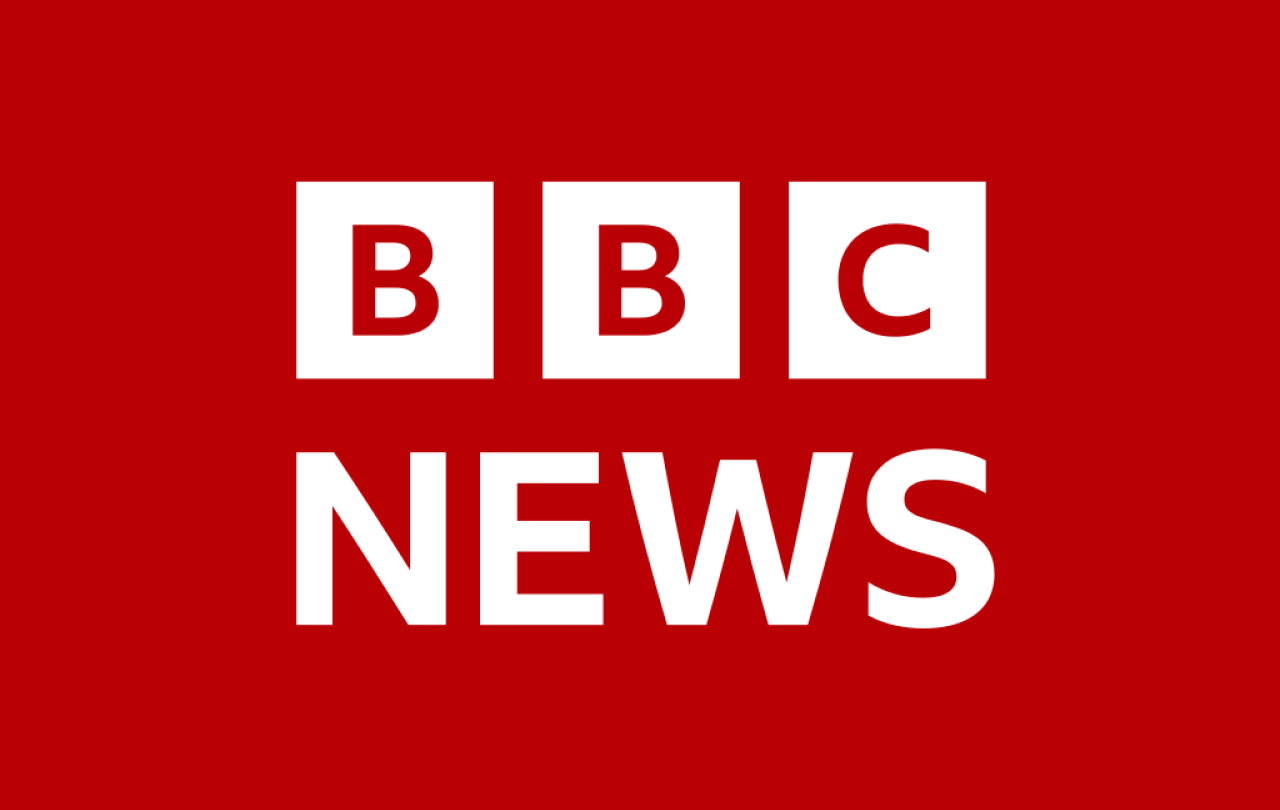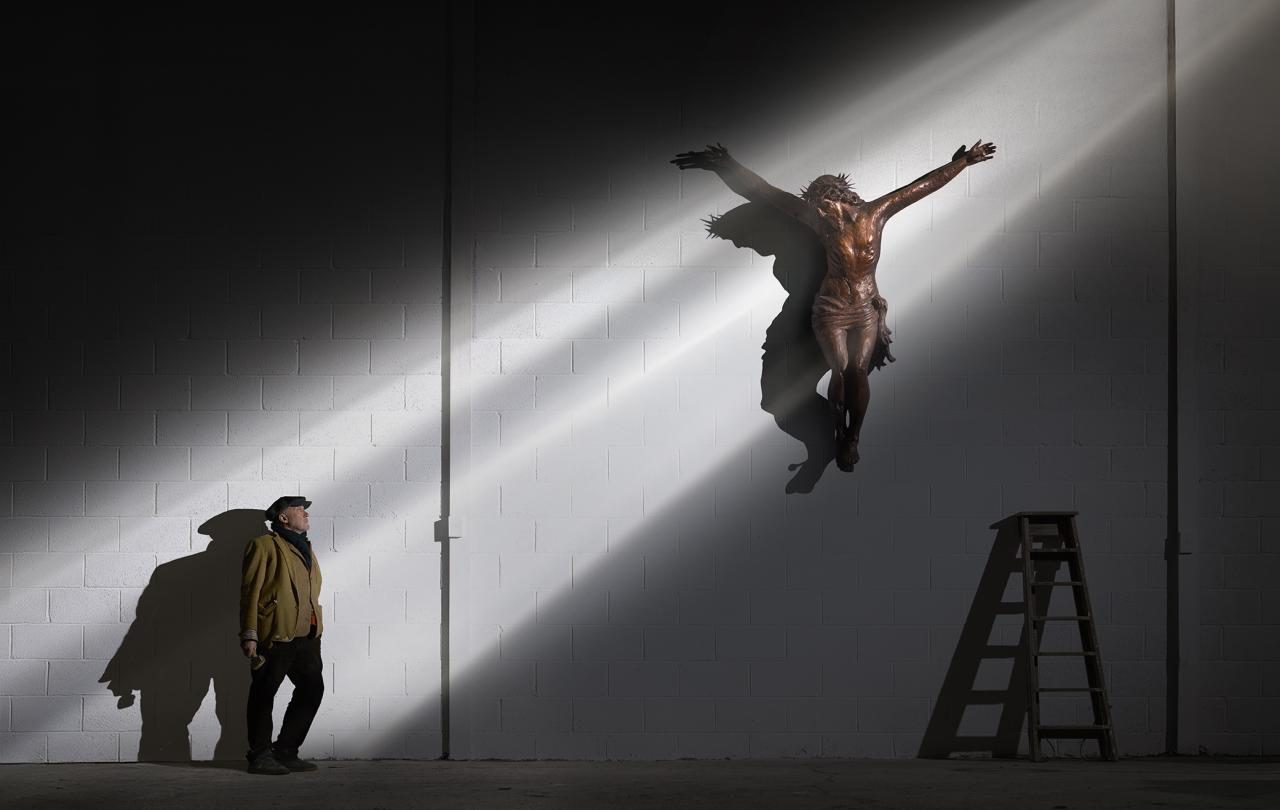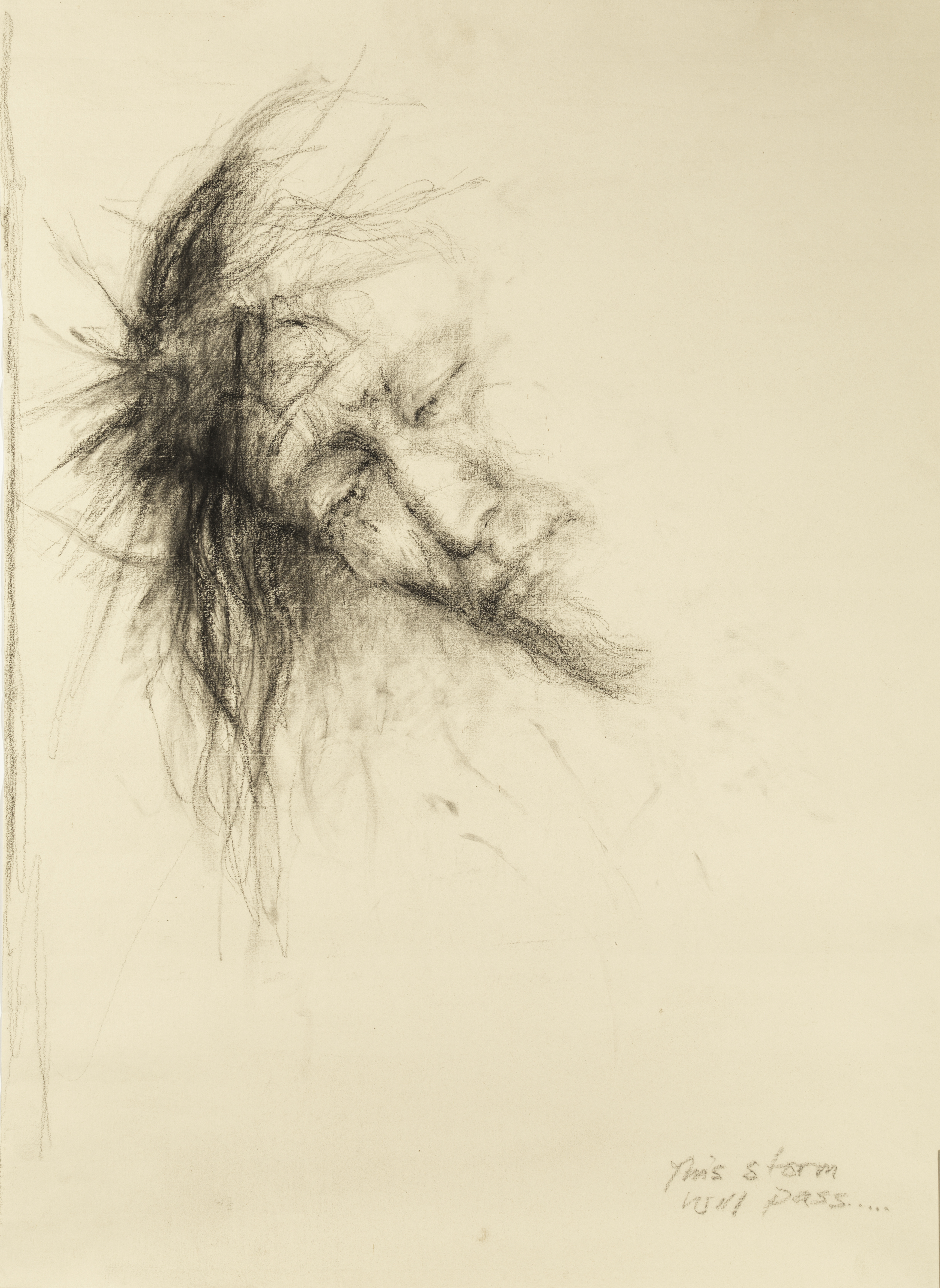
Watching American news always feels very different from the British version. Changing channels from CNN to Fox News feels like you're switching to a different universe altogether, as on each one you're getting a very different interpretation of events. The BBC has always been thought to rise above this. In the UK and beyond, through the World Service, the Beeb has, until recently, been viewed as an oasis of impartial, authoritative reporting in a world of propaganda and state-run media.
Now, allegations of bias, with evidence that BBC editors doctored a speech of Donald Trump to make it sound worse than it was, one-sided coverage of transgender issues, and perceived anti-Israel prejudice, have led to doubts about the truthfulness of BBC reporting, and the resignations of the Director General Tim Davie and its CEO, Deborah Turness.
It does seem that the BBC has fallen into an echo chamber, reflecting the generally liberal, metropolitan left-leaning ethos of the chattering classes. And that is a problem, especially for a taxpayer-funded corporation. At the same time, it is much harder for media companies these days to be neutral. Once upon a time, there was perhaps a broad space for impartiality and a general trust that institutions like the BBC could be trusted to tell the truth. Trying to be politically and culturally balanced these days, however, is like trying to walk along an ever narrowing mountain arête with an increasingly slim path of independence, while the steep and sheer slopes of the culture wars beckon on either side. The idea of a media platform maintaining strict neutrality is becoming harder and harder to sustain these days.
In Britain, that narrow arête has become smaller and smaller, with the BBC perceived as falling on one side of the debate, and GB News emerging to offer a perspective from the other, offering different assessments on what's going on, increasingly mirroring their American counterparts.
Now there is a reason why this space for neutrality is narrowing, rooted in cultural and philosophical developments over the past 50 years or more.
Foucault’s challenge
In the 1970s and early 80s, French philosopher Michel Foucault taught a whole generation of students - and his ideas became embedded in universities across the world - that claims to truth were in essence assertions of power. Foucault had been a Marxist, believing that power had to be wrested away from the hands of the ruling classes and placed in the hands of the proletariat. After the Paris student riots of the late 1960s, he changed his mind and started to believe that power is never concentrated in one place. It flows in multiple directions in any human relationship or institution. In such interactions, all kinds of power dynamics are at play, and you need to be very watchful to notice how they work. Power produces ‘truth’ - in other words a justification for its existence - and such ‘truth’ produces power, in that this ‘truth’ reinforces the power relations it was designed to justify. He often claimed not to be making a moral judgement – in fact moral judgments were irrelevant: “My point”, he said, “is not that everything is bad, but that everything is dangerous.” If all truth is power, then nothing is neutral. Everything is dangerous. You can’t trust anyone.
The result is that there is really no such thing as a neutral, absolute truth. All claims to truth come from a particular perspective on things. There is no ‘view from nowhere’ that stands above all our limited perspectives, and therefore the idea of finding ultimate absolute truth is fruitless.
Foucault’s target was the idea inherited from the Enlightenment that we could find truth through impartial rational inquiry. So for him, the idea that something like the BBC was an arbiter of neutral, rational truth was a mirage all along. The irony is that if the BBC has drifted into a left-leaning echo chamber, it has wandered into space deeply influenced by Foucault’s ideas – ideas which by definition make its claim to any kind of neutrality increasingly difficult to sustain.
The prevalence of these ideas explains why it is harder and harder for news outlets to remain neutral, or claim to offer the truth of things.
Pascal’s perspective
So what does Christian theology say to this? At one point in his Pensées, another French philosopher, Blaise Pascal (unlike Foucault, a Christian one from the seventeenth century), says to the Foucault-type sceptic of his own day:
“I maintain that a perfectly genuine sceptic has never existed. Nature backs up helpless reason and stops it going so wildly astray.”
In other words, it's impossible to be a total sceptic about truth. Even the most progressive philosopher puts the kettle on and expects it to boil. He wakes in the morning expecting the sun to rise. There is such a thing as capital-T Truth and an order to the world that we didn’t create, and can be relied upon. We simply have to receive it and be grateful for it.
So far, so conservative. Yet Pascal then casts doubt on our ability to know that truth absolutely:
“Let us then concede to the sceptics what they have so often proclaimed, that truth lies beyond our reach and is an unattainable quarry, that it is not to be found here on earth, but really belongs in heaven, lying in the lap of God, to be known only in so far as it pleases him to reveal it.”
Perhaps surprisingly, Pascal agrees with Foucault, that absolute truth is unattainable to us here, at least if we think we can find it by some process of impartial human reason. Only God knows the truth. Our perspectives are inevitably limited and the only way we can know the ultimate truth is if it is revealed to us.
Which points to the heart of what a Christian believes about truth - that ultimately it is not so much rational and propositional but personal. Jesus does not say ‘here is the truth’, or ‘this is the truth’, but ‘I am the truth’.
Truth, in other words, is not just something you read on a page. It is not the product of brainy people sitting in a room analysing the data. Data always has to be interpreted and that's when fallible, inevitable and unspoken human prejudice creeps in. Truth is personal. You see it in a life – most perfectly in the life of Jesus. And if it is to be found here and now, it comes out of a life that has learned to be like Jesus, truthful in all kinds of simple personal interactions, honest even when it's inconvenient, generous even when you have little to give.
Truth, in Christian understanding, is a quality of life. It is not something that can be expected to arise from some august body of clever people – the Royal Society or the BBC. The BBC, like ITN, GB News, CNN, and Fox – and like the rest of us - will always be biased - and maybe it’s better to acknowledge that than try to hide it. To have a limited take on things is part of the human condition.
The only way we can rise above that to the ‘truth that comes from above’ as the Bible calls it, a truth which is “pure, peaceable, gentle, full of mercy, without a trace of partiality or hypocrisy” is the spiritual path of inner growth, through prayer, the practice of goodness and compassion.
Truth is not something we possess but something we grow towards. When the BBC – or any corporation for that matter - embraces the spiritual path of yearning for the ‘truth that comes from above’, then we might get nearer to trusting it again.
Support Seen & Unseen
Since Spring 2023, our readers have enjoyed over 1,500 articles. All for free.
This is made possible through the generosity of our amazing community of supporters.
If you enjoy Seen & Unseen, would you consider making a gift towards our work?
Do so by joining Behind The Seen. Alongside other benefits, you’ll receive an extra fortnightly email from me sharing my reading and reflections on the ideas that are shaping our times.
Graham Tomlin
Editor-in-Chief








